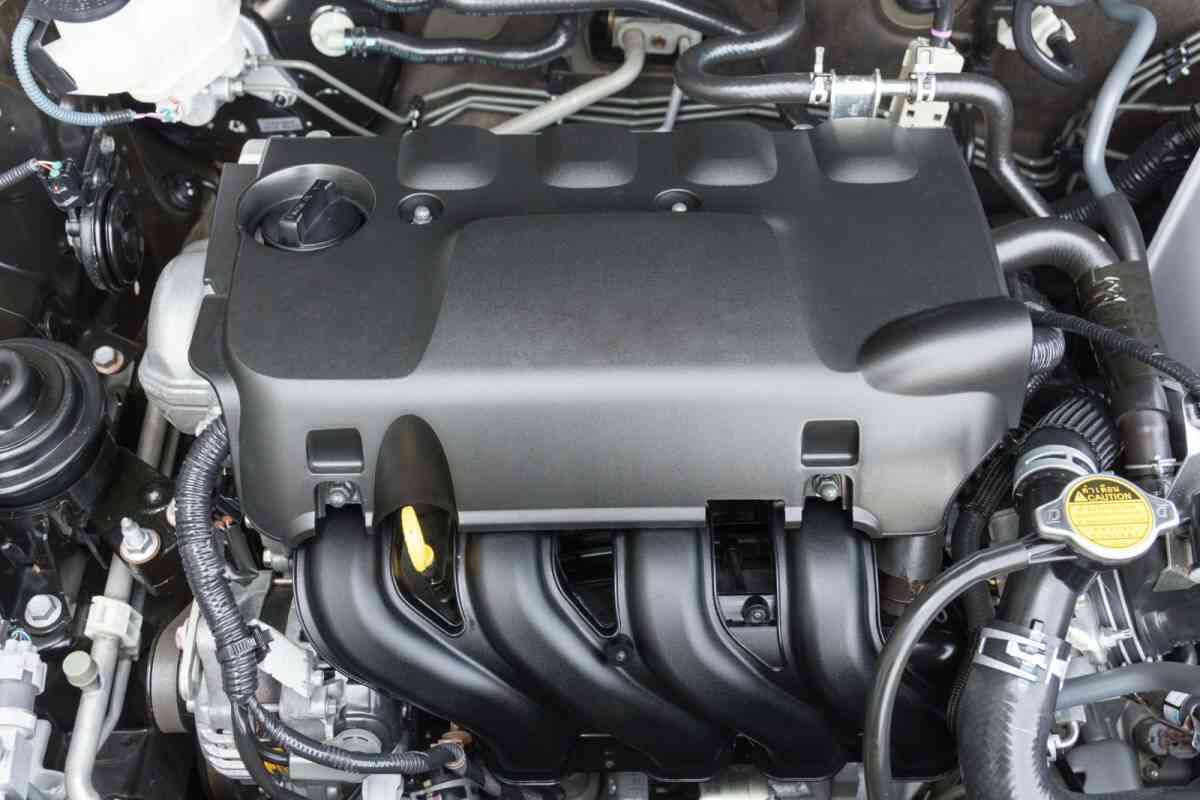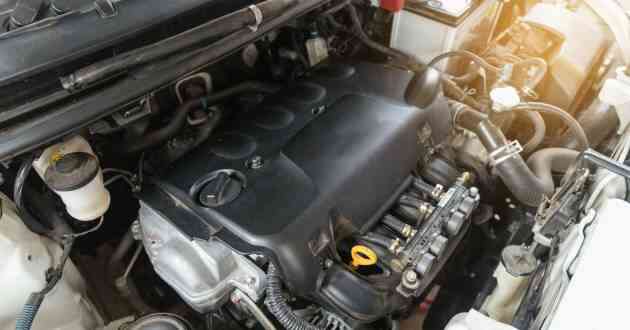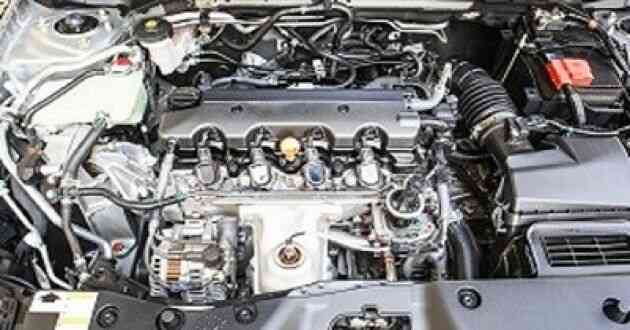Learn These Used Car Engine Jargons To Save Cash

Jargons create a gap in understanding between the buying and selling parties. Knowing the commonly used automotive..
Does automotive jargon make you feel irrelevant when you are out to buy a used car engine? It’s routine to hear words like mileage, camshaft, inline, and many more in the field whether you’re in a junkyard or a dealership. These terms may sometimes create a gap between the seller and a buyer who doesn’t understand what these really mean. Often it even leads to buyers overpaying for an average used auto engine.
So, you’ve experienced this, it’s time to learn some used car engine jargon and not let anyone take advantage of your lack of expertise.
25 Common Used Car Engine Jargon Terms
The following are a few used car engine jargon terms to help you get a head start before you go to a used engine seller.
- Carburetor: It’s machinery that mixes gas and air in the appropriate ratio before feeding it to the engine.
- Fuel injectors: These are tiny nozzles of your engine that are responsible for injecting or squirting fuel into the combustion chambers.
- Fuel pump: It’s a pump deployed to draws gas from the fuel tank and lead it to either the carburetor or fuel injectors.
- Coolant: As the name suggests, it’s an antifreeze mixture that prevents the engine from overheating. Although people use water too as a coolant it’s best to get a high-quality anti-freeze solution.
- Thermostat: It’s a kind of gateway that secures the path between the coolant and the engine. It only opens up when the coolant reaches a certain temperature and allows it to pass. Its function is to assure that the engine warms up quickly upon startup.
- Axle: It’s a rod, spindle, or metal shaft that passes through each wheel.
- Driveshaft: The driveshaft is the connection that allows the engine to power the vehicle by turning each axle. It is responsible for transmitting power from the transmission to all the wheels.
- Cylinder: A cylinder is one of the most important parts of an engine. Its chamber combustion of fuel takes place and generates power.
- Intake manifold: The intake or inlet manifold is a part of the engine that carries or supplies the fuel & air mixture to the cylinders for further usage.
- Cylinder head: It refers to the entire top half of the engine that is visible on top of the engine block.
- Camshaft: Its metal shaft that’s responsible for opening and closing the valves in the cylinder head as required.
- Crankshaft: It’s a shaft operated by a crank mechanism. The crankshaft consists of a series of cranks and crankpins and the engine is attached to it through connecting rods.
- Timing belt: It’s a belt featured to link the camshaft & crankshaft and to ensure the proper opening and closing of valves. Ultimately, it’s responsible for efficient ignition.
- Disc brakes: The braking system in most modern cars are called disc brakes as the brake pads are squeezed against a disc.
- Brake calipers: Calipers are attached to the wheel and disc brakes. They squeeze the pads onto the disc whenever needed.
- Drum brakes: In older cars, the braking system involved drum brakes in which the brake shoes are pressed against brake drums to stop the car.
- CV joints: As evident from the name, it is the joint between two CV shafts, a flexible coupling that allows each shaft to keep the same driving speed regardless of angle.
- Shocks: You must have heard this term quite a lot as it is used in the suspension system. Shocks act as cushions to smoothen the ride over bumps. These must be replaced periodically according to wear & tear.
- Catalytic converter: These are placed in the exhaust system to maintain the air-fuel mixture. It’s a chemical air filter that acts like a cork in the exhaust.
- Supercharger & Turbocharger: Both of these devices are used to generate more power without increasing engine displacement. However, neither is fuel-efficient as they require costly maintenance as the engine gets old.
- Muffler: It’s a device responsible for reducing engine noise. It is fixed in the tailpipe. There is no compulsion on using only one muffler as some vehicles also use more than one muffler.
- Torque Steer: It’s a common phenomenon you can notice when your car starts to turn in one direction with some throttle. It’s more common in front-wheel-drive cars and occurs when drive shafts are of unequal length.
- Drag Coefficient: It refers to the amount of air resistance your car faces while moving. If the drag coefficient is low, it means your car has low air resistance. This also implies fuel efficiency as a low drag coefficient saves fuel, money, and the environment.
- Overdrive: You must have heard this term from your mechanic’s mouth but could never understand what it means. Overdrive refers to a transmission gear with a ratio below 1:1. It improves fuel economy by reducing RPMs at highway speeds. Examples for overdrive would be like, in a five-speed MT, the 4th & 5th gears are overdrive.
- Octane: if the fuel inside your combustion chamber is burning prematurely, it can cause knocking or pinging sounds. Octane-rich gasoline prevents that from happening. It’s inversely proportional to the chance of premature ignition.
These are a few of many automotive jargon terms that are used commonly in service centers, engine shops, dealerships, etc. By knowing these terms, you’ll educate yourself and make a better decision while purchasing a certified used engine.
Looking for a Used Engine in Houston?
If you’re looking for a used engine in Houston or anywhere else in the USA, you can get in touch with Used Engines Inc. They are one of the leading suppliers of used car engines. They have over 1800 inventory yards in their possession, making them the best choice for buying a used car engine. Connect with their team for more information about their products and services.



